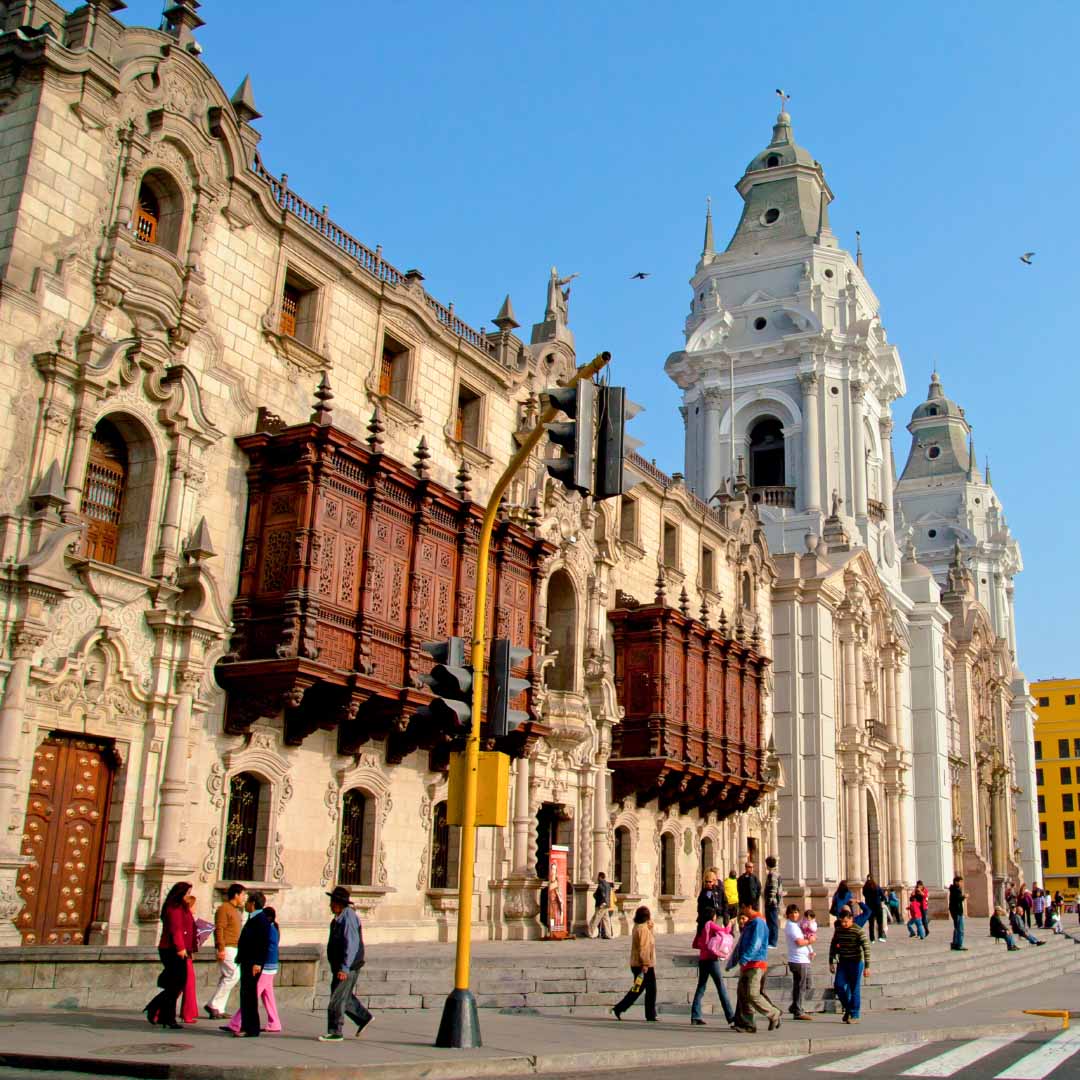Lima is the capital of Peru, serving as the nation's political, economic, and cultural hub. Founded in 1535 by Spanish conquistador Francisco Pizarro, Lima has a vibrant history that blends indigenous cultures with Spanish colonial influence. It's the largest city in Peru and holds a central place in the country's identity.
What will you find here?
- Lima - The capital of Peru
- What's the meaning of Lima?
- Location, population, and history of Lima
- Lima's historical journey
- What to see in Lima
- Best time to visit and how to get there
- Safety and security in Lima
- Lima's main tourist attractions
- Tours in Lima and nearby
- Weather in Lima, Peru
- The altitude of Lima, Peru
- Frequently Asked Questions (FAQs)
Lima - The capital of Peru
Lima, known as "The City of Kings," occupies a strategic location on the central western coast of Peru, offering breathtaking views of the Pacific Ocean. The city's rich history is evident in its architecture, from colonial-era churches to modern skyscrapers. Today, Lima is a bustling metropolis with a diverse population that reflects its historical and cultural complexity.
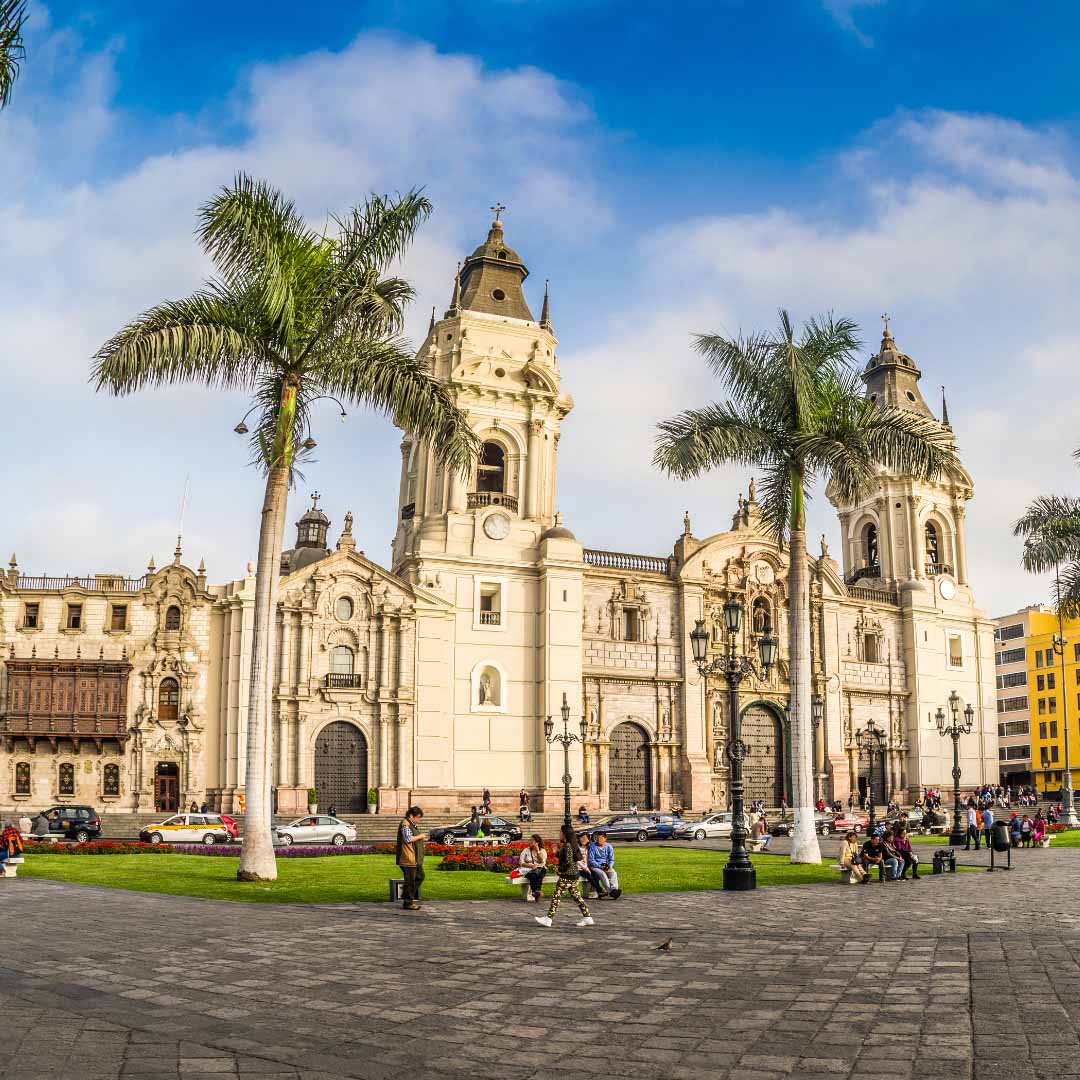
What's the meaning of Lima?
The name "Lima" has roots in the indigenous Quechuan word "limaq," meaning "yellow." Some suggest that the name was inspired by the yellow flowers that once flourished in the region. This name pays homage to the city's connection with nature and its pre-Hispanic past.
Location, population, and history of Lima
- Location: Lima is situated on the central western coast of Peru, stretching along the Pacific Ocean. Its location makes it a significant port and trade center.
- Population: With over 10 million residents, Lima is the most populous city in Peru and one of the largest in South America.
- History: Lima's history is a tapestry of indigenous cultures, the Inca Empire, Spanish colonialism, and the struggle for independence. The city has played a pivotal role in Peru's historical narrative.
Lima's historical journey
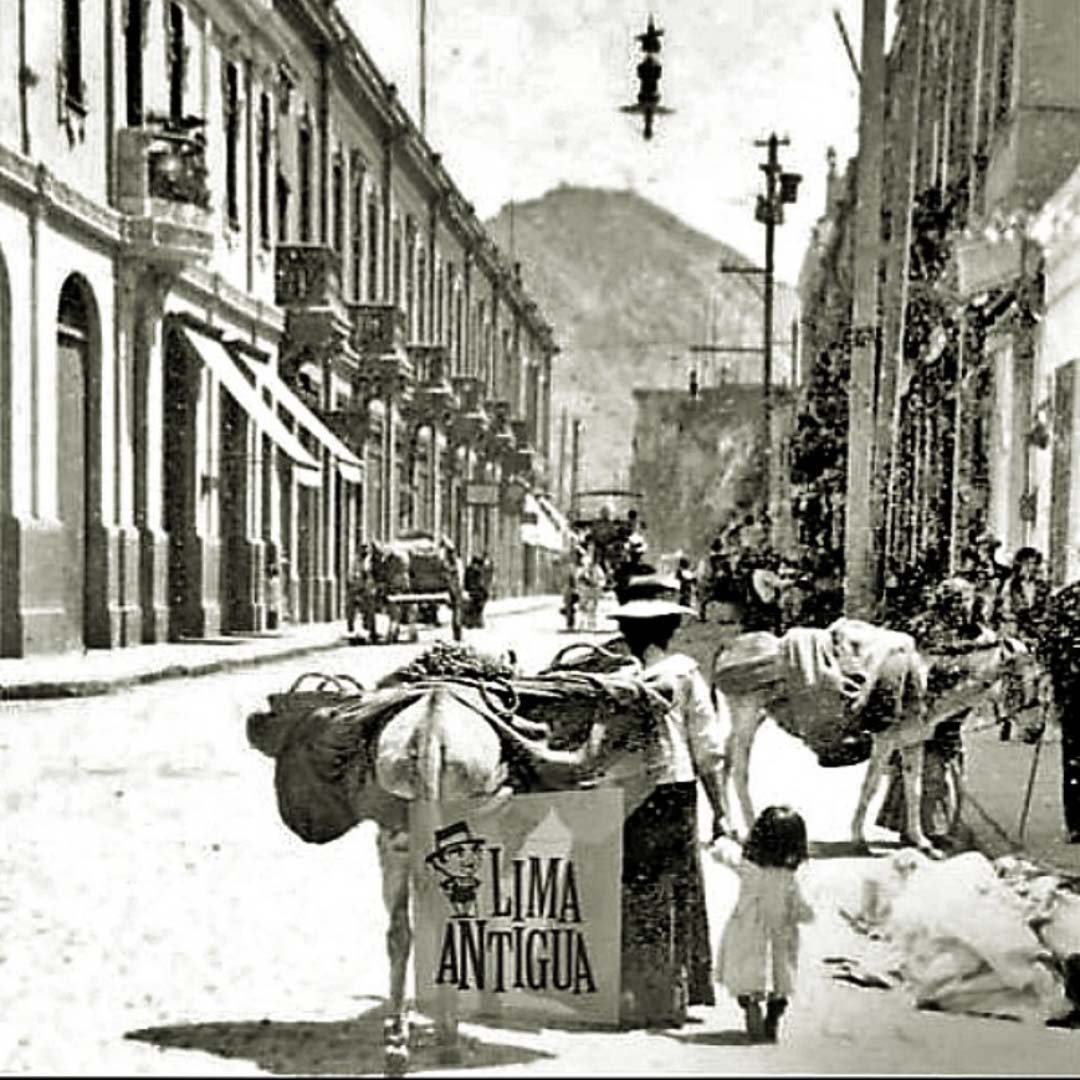
Lima before the Incas:
Long before the Incas, the area that is now Lima was inhabited by various indigenous cultures, including the Lima culture, which dates back to around 200 AD. These early inhabitants left behind traces of their existence in the form of artifacts and architecture.
Lima during the Inca Empire:
During the Inca Empire, Lima served as a stop along the coastal route that connected the Inca heartland to the northern regions. While it wasn't a major Inca settlement, it played a role as a rest stop for travelers and traders. The Incas left their mark on the region, introducing their agricultural techniques and culture.
Lima during the Conquest of Peru:
The turning point in Lima's history came with the arrival of Spanish conquistador Francisco Pizarro in 1532. Pizarro's successful conquest of the Inca Empire led to the founding of Lima as the capital of Spanish Peru in 1535. The city quickly became a center of power and wealth in the burgeoning Spanish colony.
Lima during the Colony:
The colonial period brought grand architectural developments to Lima. Lavish churches, monasteries, and administrative buildings sprang up, reflecting the affluence of the Spanish Empire. Notably, the city's historic center, with its stunning plazas and ornate facades, emerged as a symbol of Spanish colonial opulence.
Lima during the Republican Era:
The 19th century saw Lima at the forefront of Peru's quest for independence from Spanish rule. The city played a pivotal role in the nation's struggle for autonomy. On July 28, 1821, General José de San Martín declared Peru's independence in Lima's Plaza de Armas. This historical moment marked the birth of the Republic of Peru, and Lima was named its capital.
Today, Lima stands as a city of contrasts, where modernity meets the echoes of history. It preserves its rich heritage while embracing the dynamism of the present, making it a compelling destination for travelers seeking to explore Peru's captivating past and vibrant present.
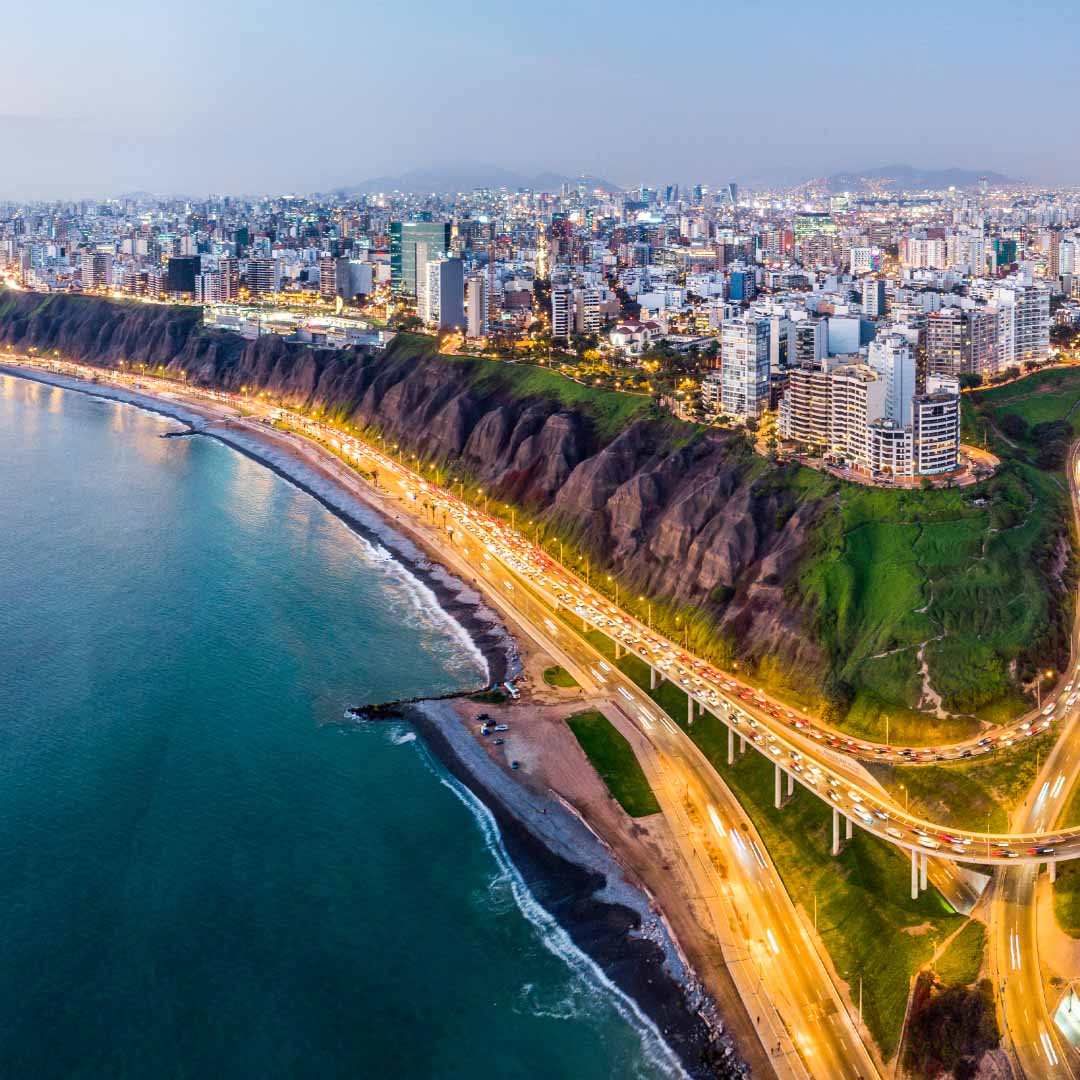
What to see in Lima
Lima offers a plethora of attractions:
- Historic Center: The historic city center is a UNESCO World Heritage site, home to stunning colonial architecture and significant landmarks like the Government Palace.
- Museums: Lima boasts a wide range of museums, including the Larco Museum, showcasing pre-Columbian art, and the Museo de la Nación, which delves into Peru's diverse history.
- Miraflores: This upscale district offers splendid views of the Pacific Ocean, a vibrant culinary scene, and a lively nightlife.
- Barranco: Known for its bohemian atmosphere, Barranco is a hub of art and culture with colorful murals and artistic expressions throughout the neighborhood.
- Cuisine: Lima is renowned for its culinary scene, offering everything from traditional Peruvian dishes like ceviche to contemporary fusion cuisine. Savor the flavors of the city in its many world-class restaurants.
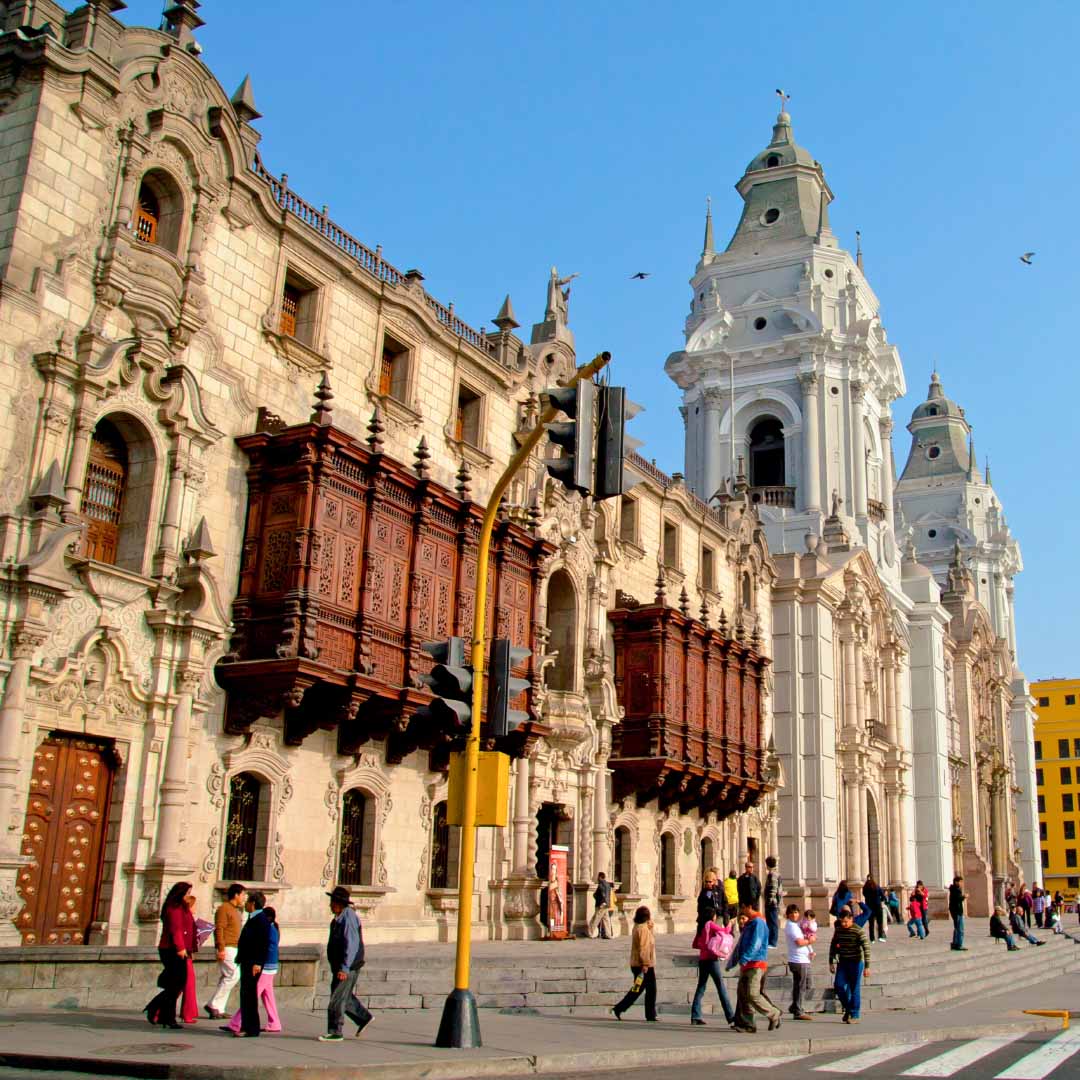
Best time to visit and how to get there
- Best time to visit: The ideal time to visit Lima is during the dry season, which spans from May to October. During this period, you can enjoy sunny days and pleasant temperatures, making it perfect for outdoor exploration.
- How to get there: Lima is easily accessible via Jorge Chávez International Airport, the main gateway for international and domestic travelers. The airport is well-connected, making it a convenient entry point for tourists.
Safety and security in Lima
While Lima is generally safe for tourists, it's essential to take standard safety precautions, such as safeguarding your belongings and staying in well-traveled areas, especially at night. Stay updated with the latest travel advisories and heed local recommendations for a worry-free experience.
Lima's main tourist attractions
Lima's main attractions include:
- Huaca Pucllana: An archaeological site dating back to the Lima culture. Visitors can explore ancient adobe pyramids and learn about the city's pre-Columbian past.
- Plaza de Armas: The city's main square is the historical heart of Lima, surrounded by significant buildings such as the Government Palace and the Cathedral of Lima.
- San Francisco Monastery: This centuries-old religious complex houses a library, catacombs, and an impressive collection of religious art.
- The Magic Water Circuit: Located in Parque de la Reserva, it's the world's largest fountain complex, featuring dazzling light and water shows that are perfect for an evening visit.
Tours in Lima and nearby
In addition to exploring the city independently, you can enjoy various guided tours and experiences:
- Lima city tour: This comprehensive tour takes you through the city's top attractions, providing historical and cultural insights.
- Swim with sea lions at Palomino's Island: An adventurous experience that lets you get up close and personal with these playful marine mammals in their natural habitat.
- A full-day tour to Caral: Journey to the ancient city of Caral-Supe, the oldest civilization in the Americas, and explore its well-preserved ruins.
- Culinary tour: Lima is a food lover's paradise, and a culinary tour allows you to sample a wide array of Peruvian flavors, from ceviche to pisco sours.
- Lima city tour by night + Magic water circuit: Explore the city's beauty under the cover of night. The Magic Water Circuit offers a mesmerizing display of water, light, and music.
Weather in Lima, Peru
Lima's climate is characterized by a mild desert climate with minimal rainfall throughout the year. However, it experiences high humidity and overcast conditions, especially during the winter months. The city rarely sees extreme temperatures, making it comfortable for visitors year-round.
The altitude of Lima, Peru
Unlike other Peruvian cities located at high altitudes, Lima is situated at a relatively low elevation. The city stands at about 505 feet (154 meters) above sea level, which means you won't experience the altitude-related issues that travelers might encounter in other parts of the country.
Frequently Asked Questions (FAQs)
Can I buy bus tickets online in advance?
Typically, it's not possible to purchase bus tickets online in advance. Tickets are usually available for purchase in Aguas Calientes.
Are there discounts for students or seniors?
Unfortunately, Consettur doesn't offer discounts for students or seniors; all tickets are sold at a standard rate.
Is it possible to hike from Aguas Calientes to Machu Picchu instead of taking the bus?
Yes, you can hike to Machu Picchu from Aguas Calientes. Several hiking trails lead to the site, but they require a certain fitness level and proper planning. If you're up for the adventure, it can be a rewarding experience.

